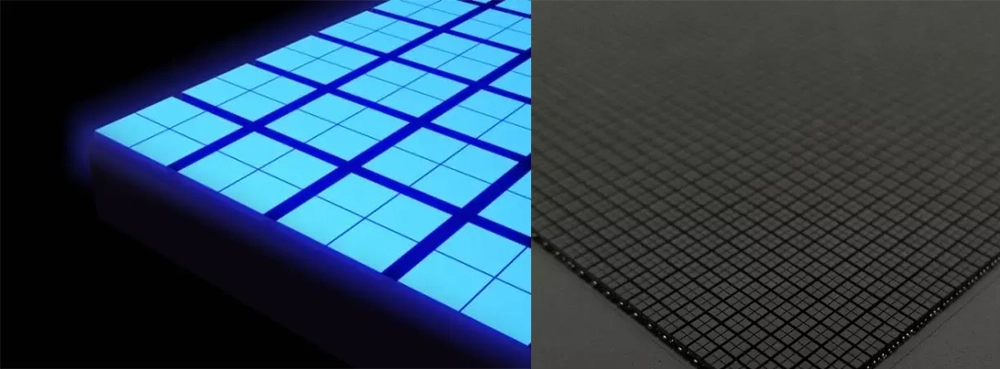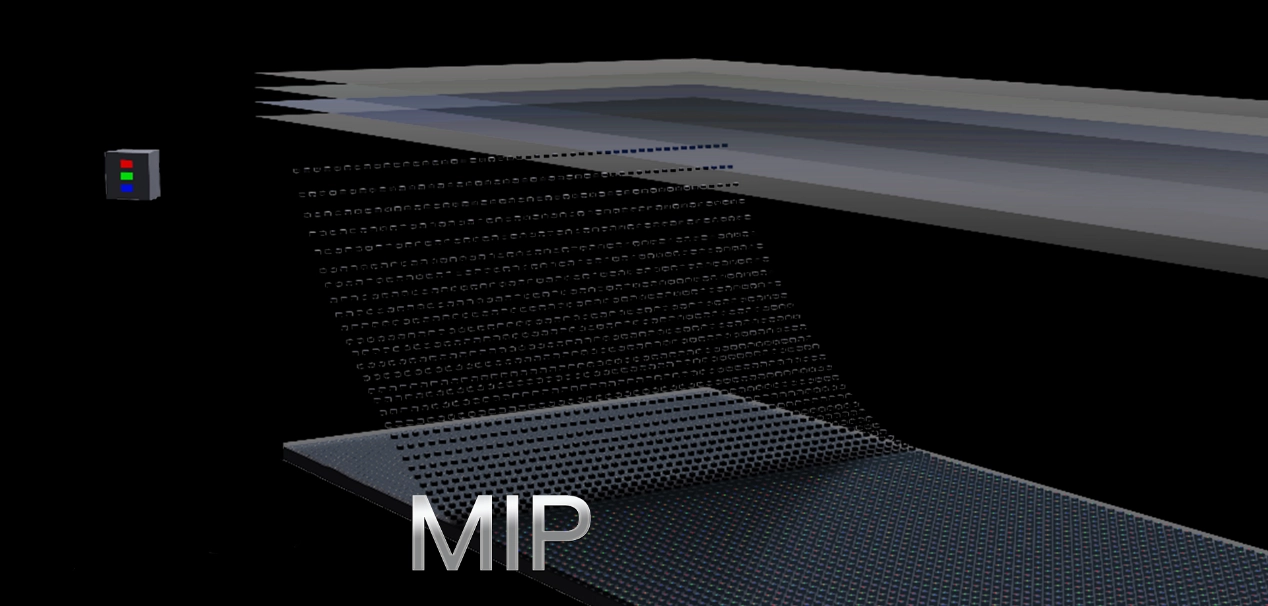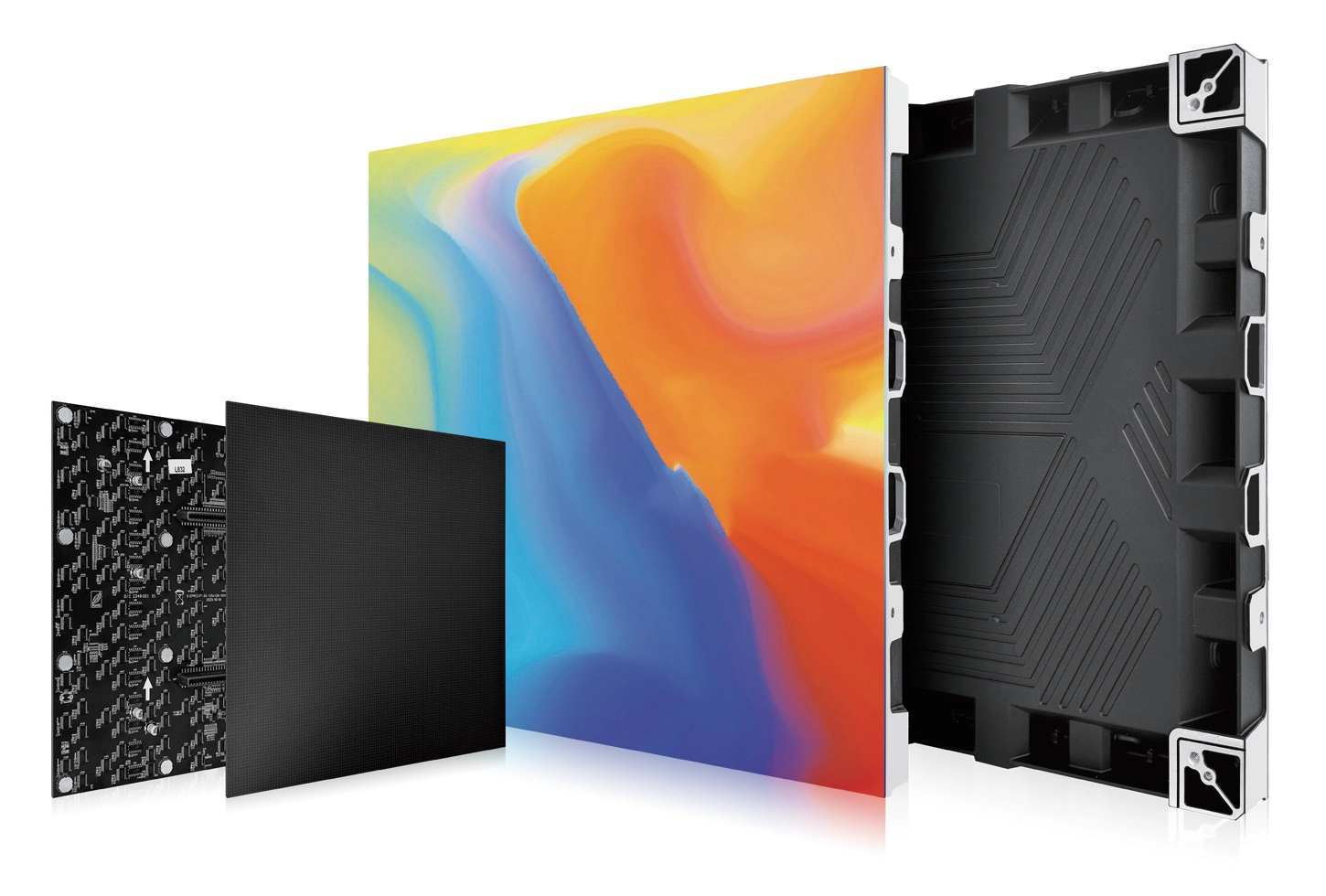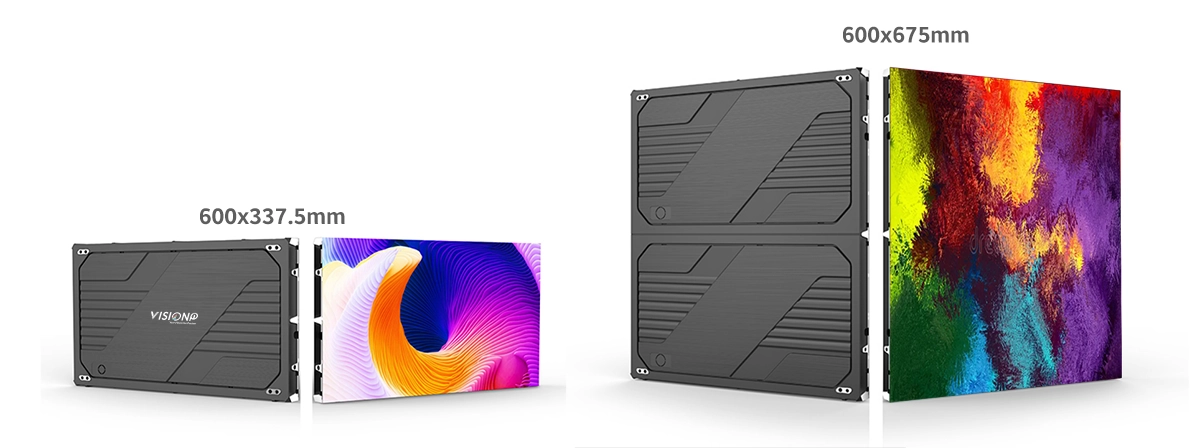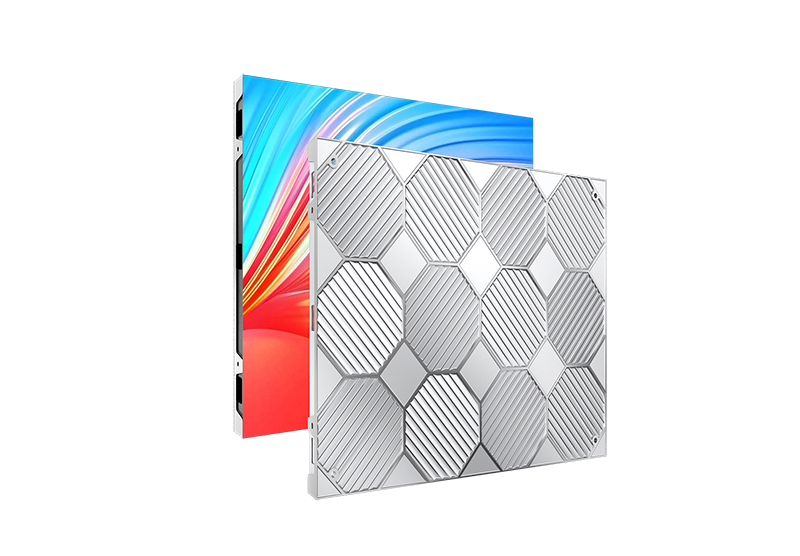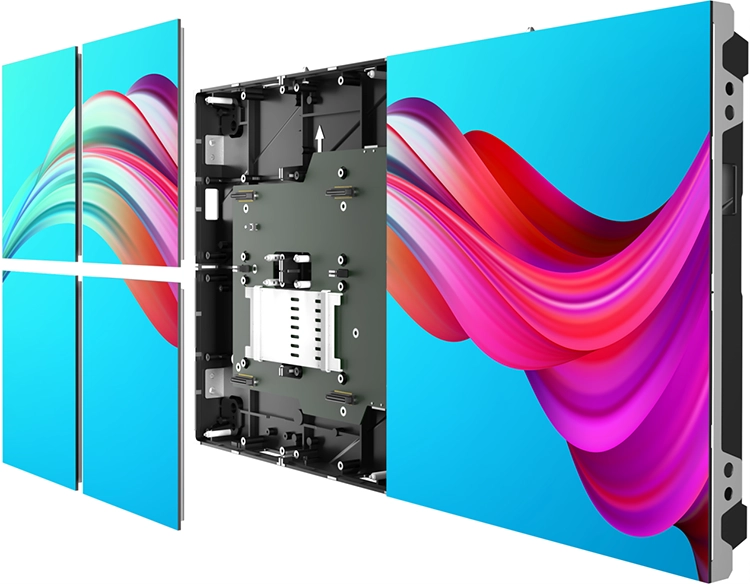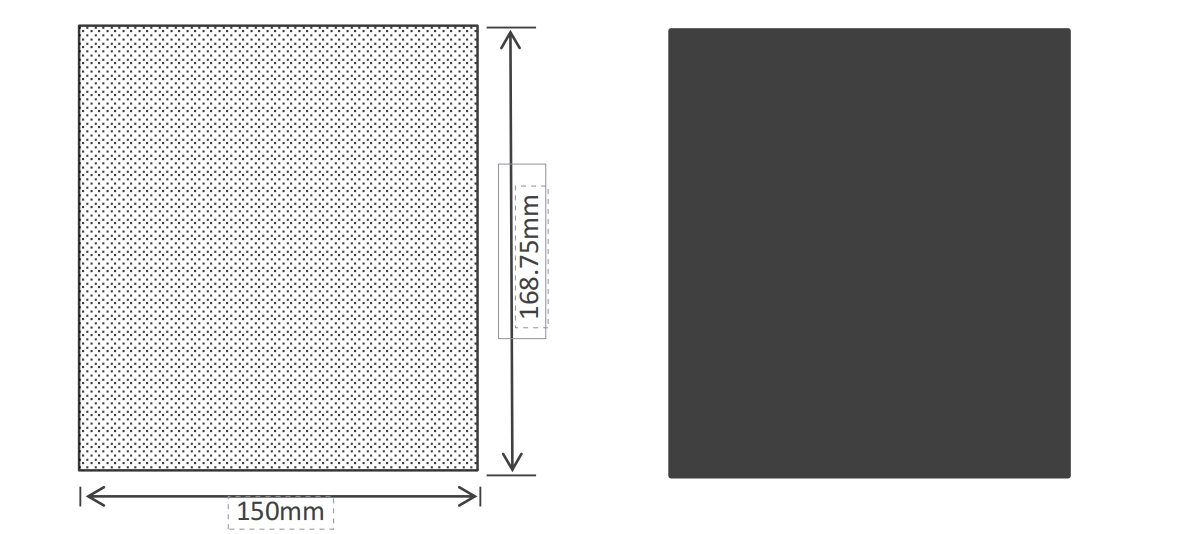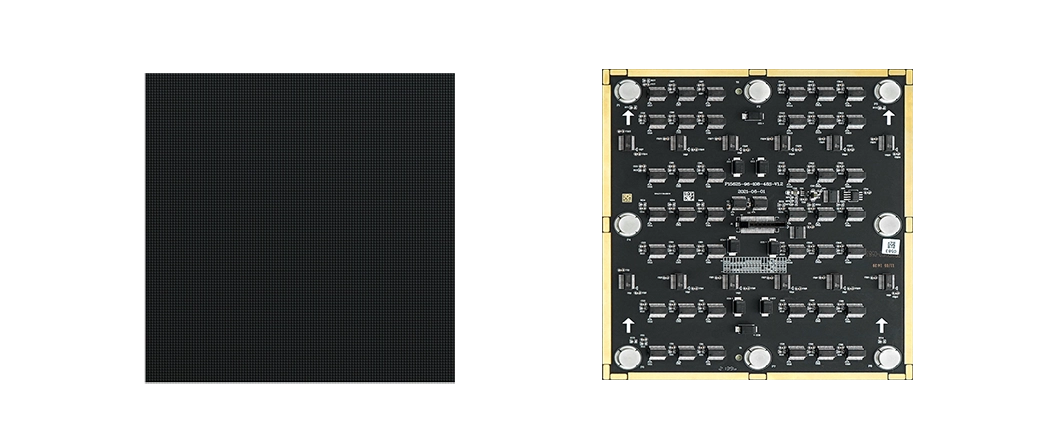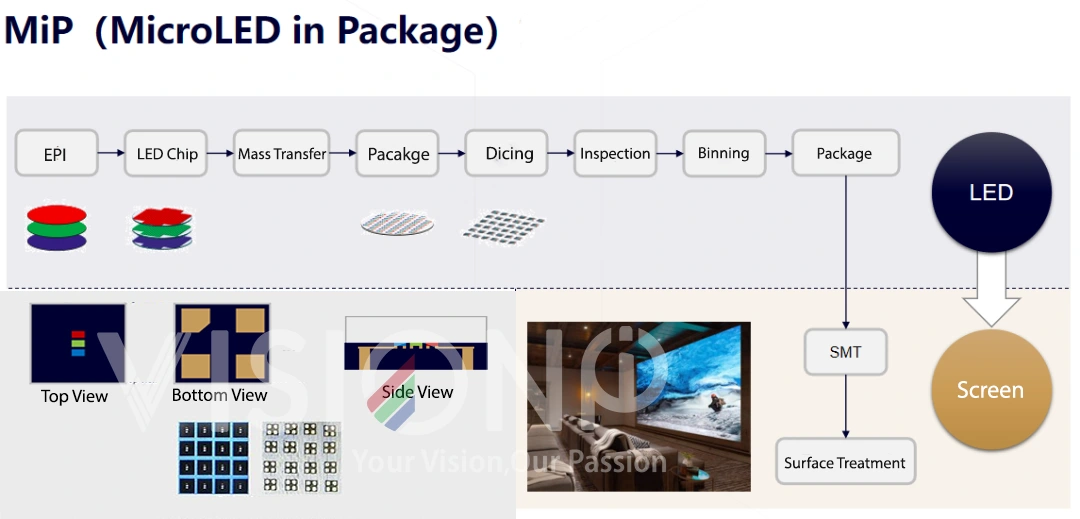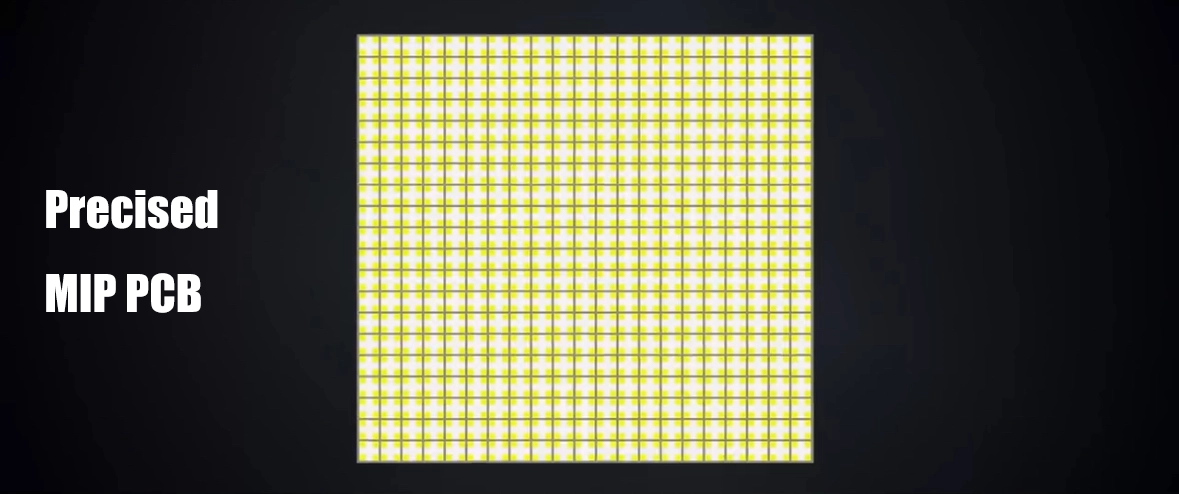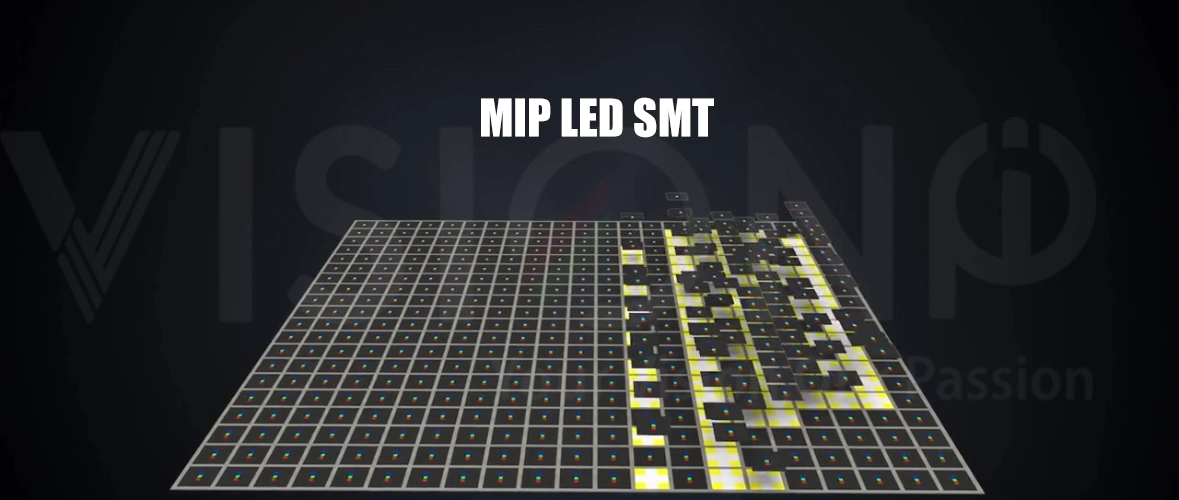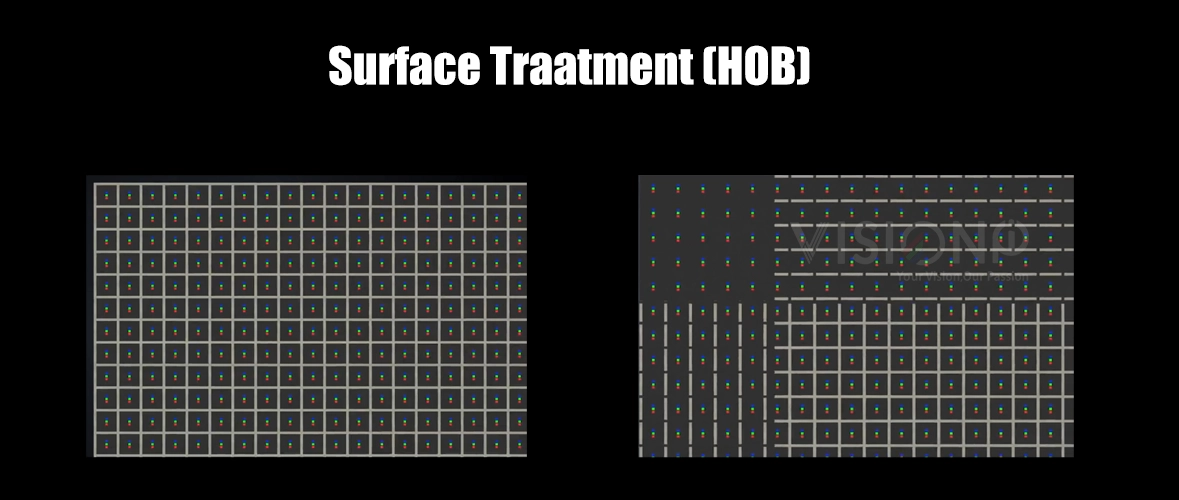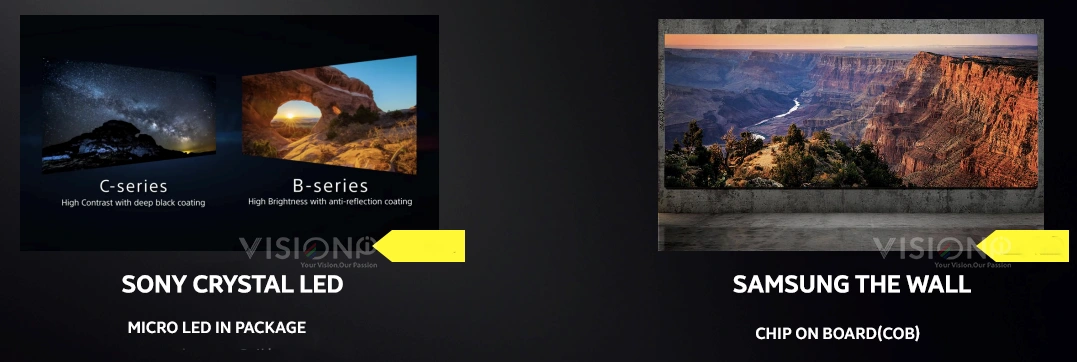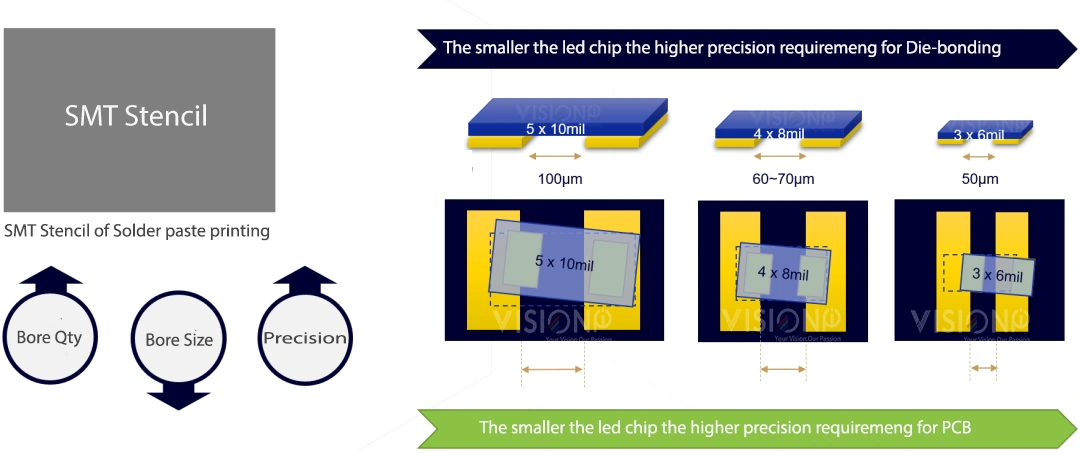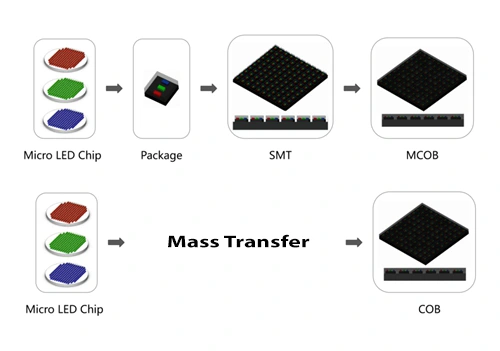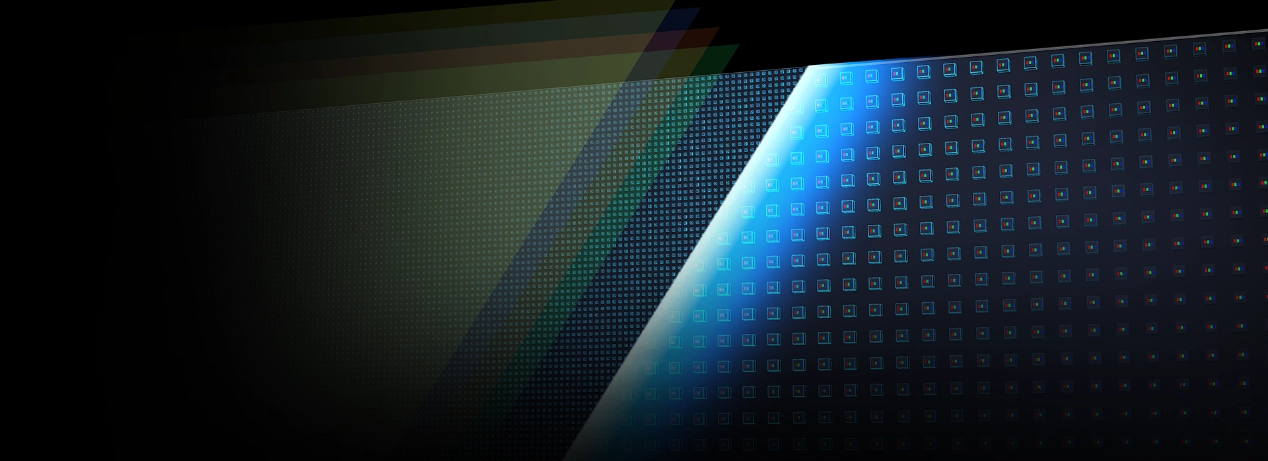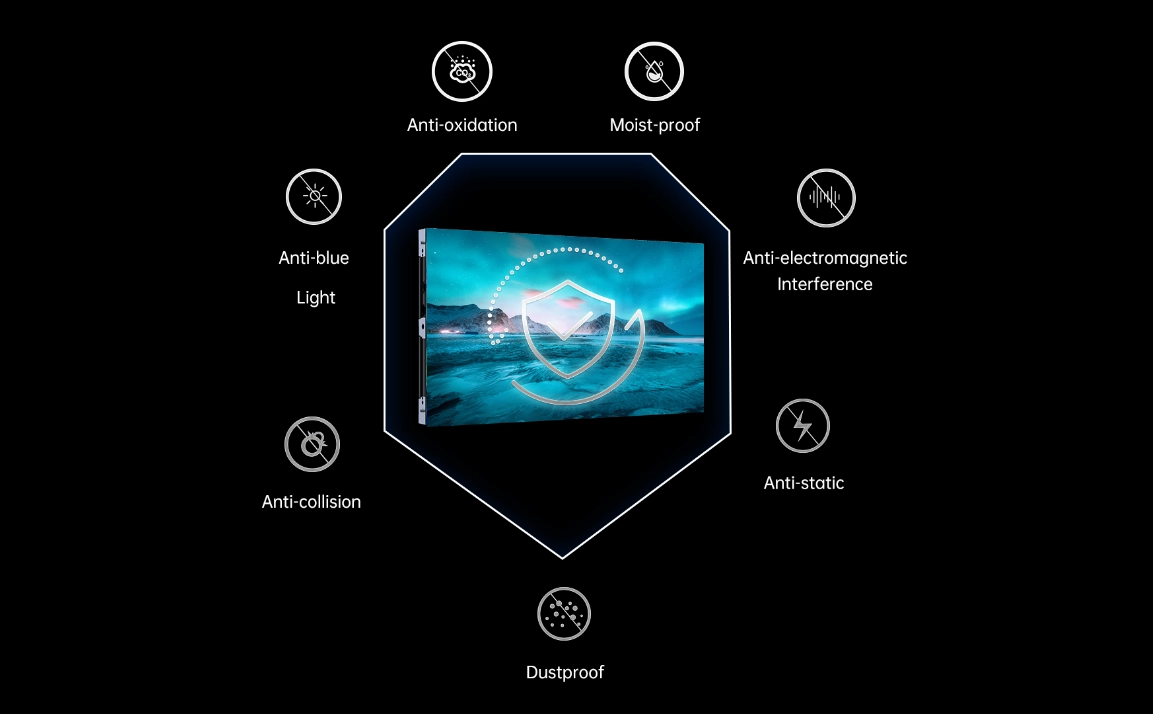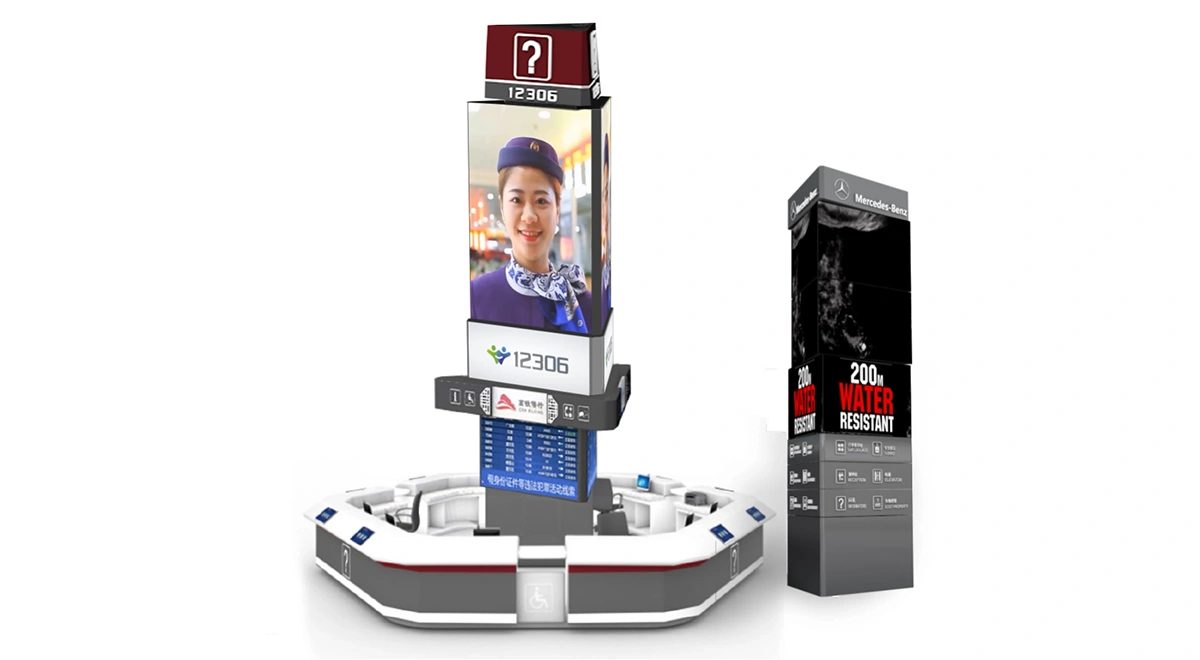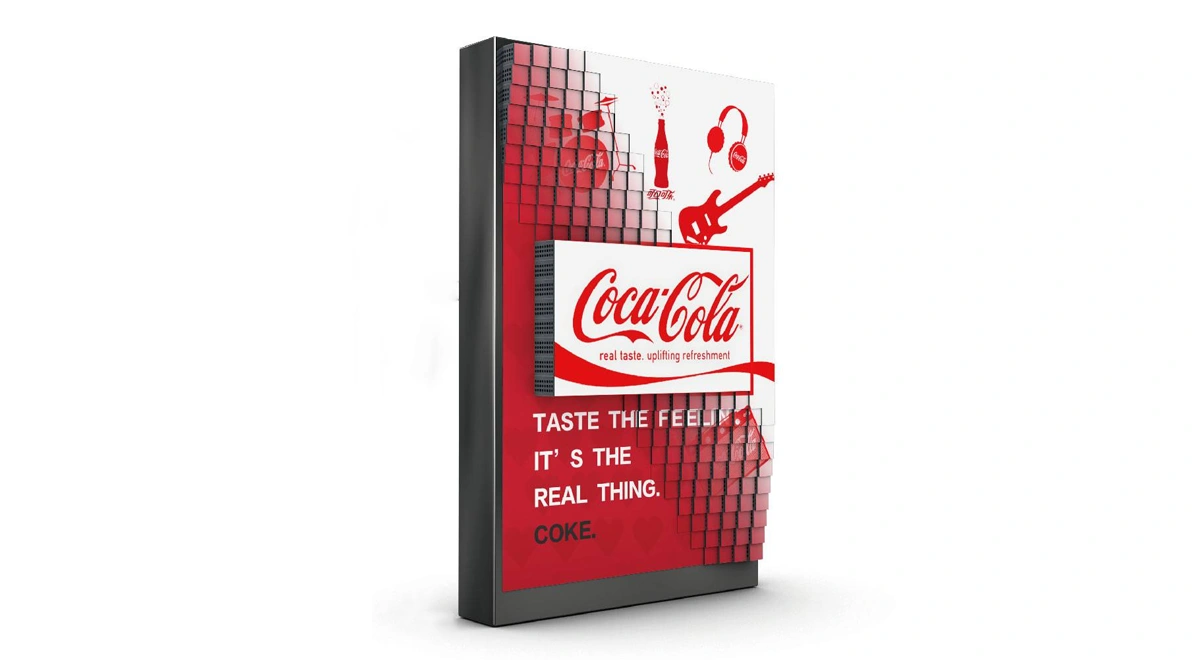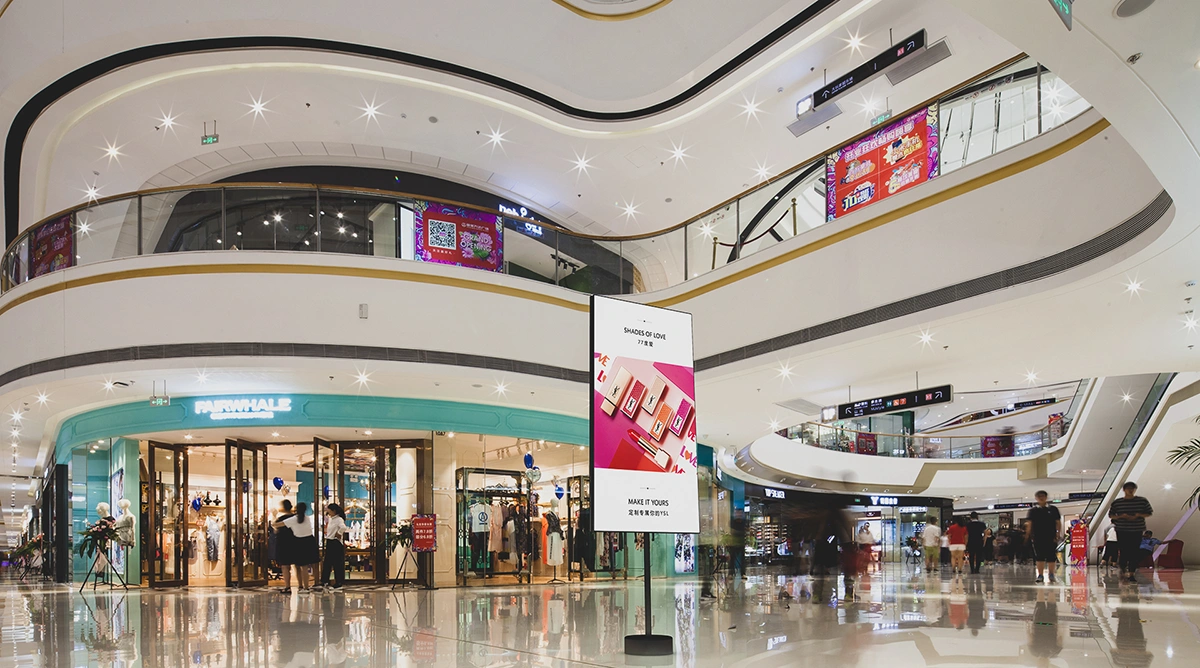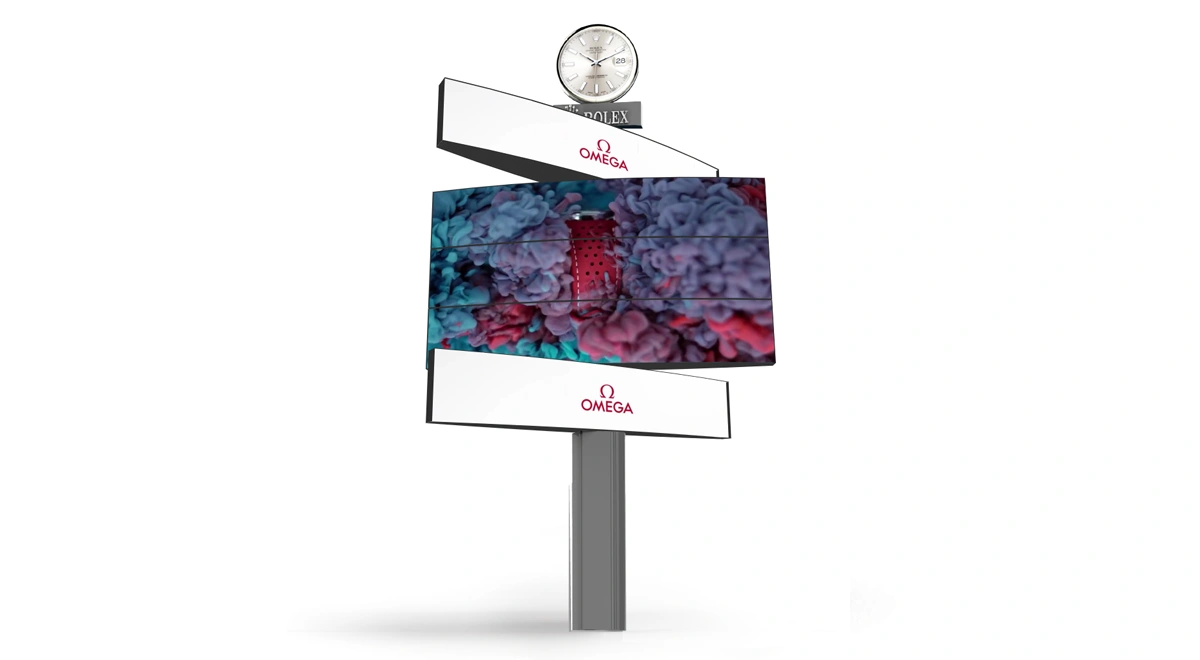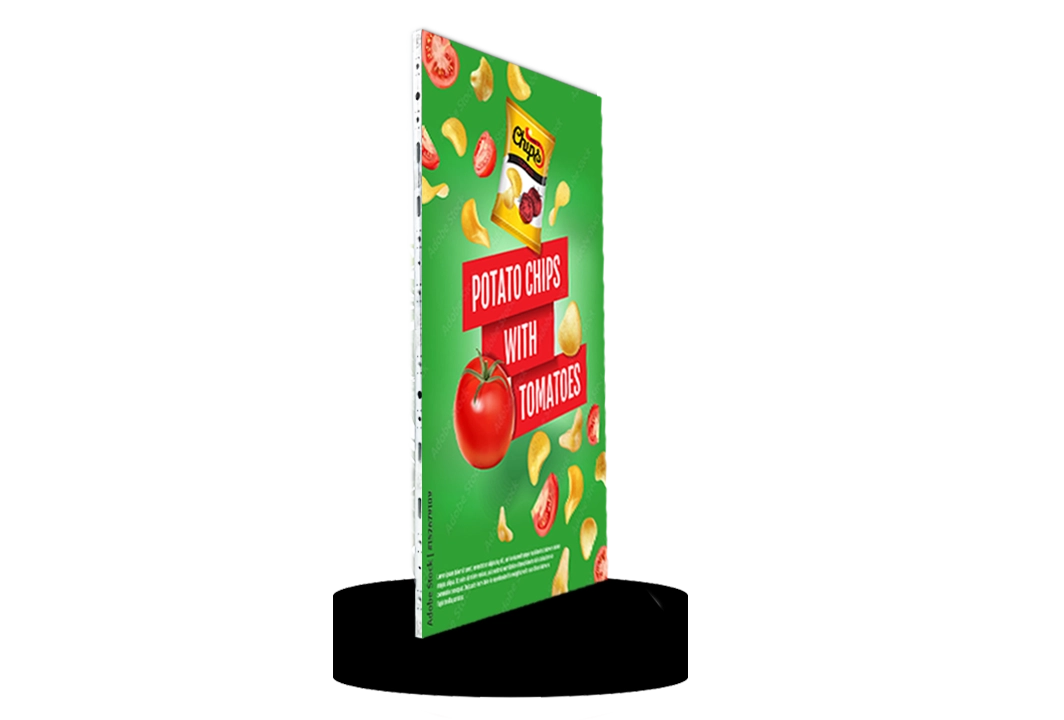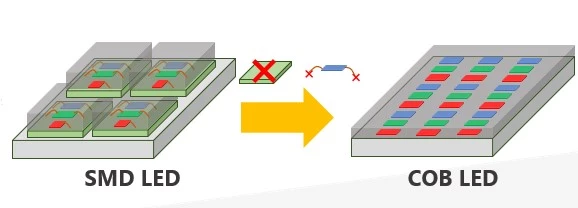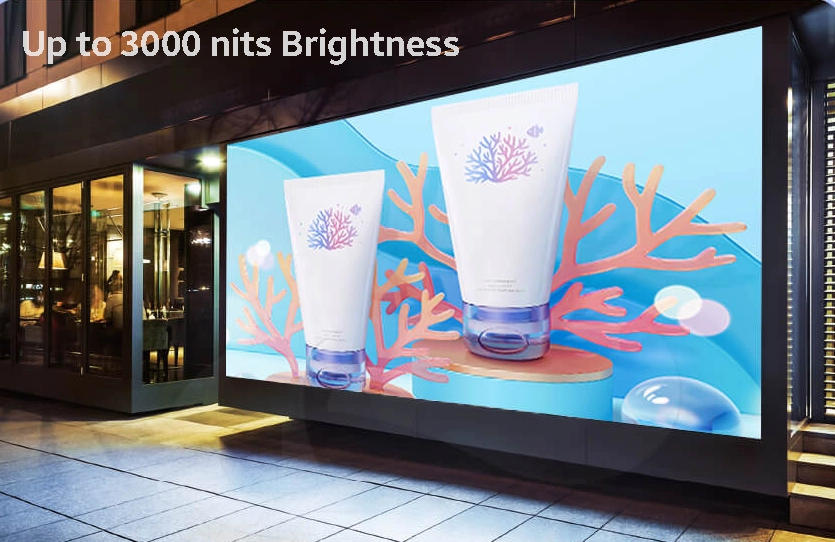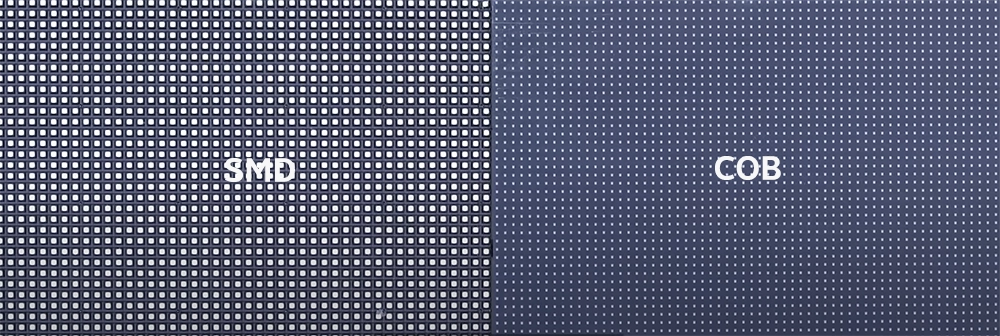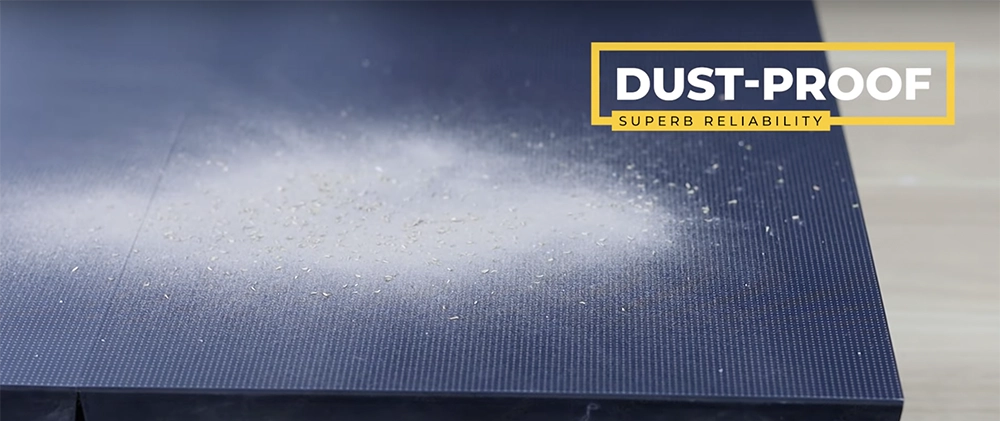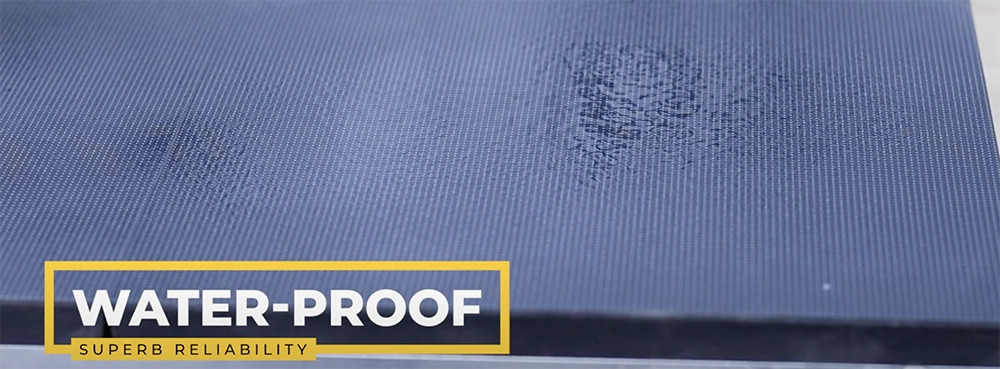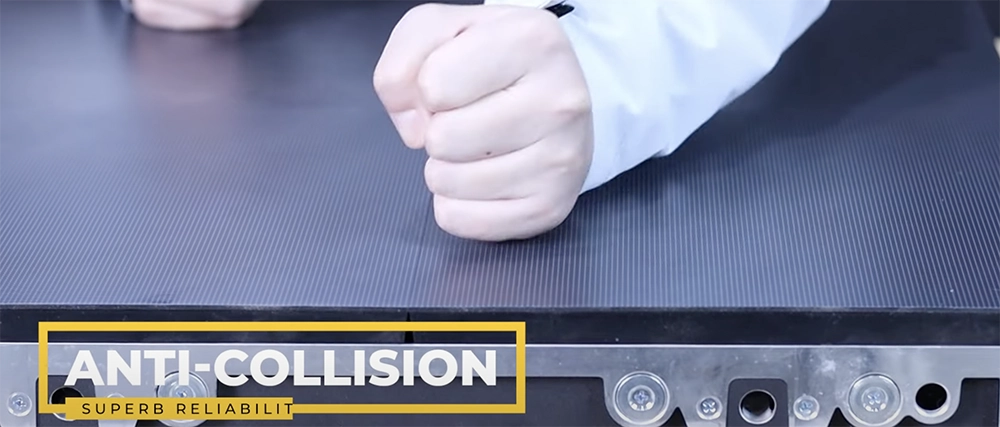Mip, SMD,IMD,COB,which is better
MIP packaging technology is a new solution for LED displays that can overcome some of the limitations and challenges of the existing technologies, such as SMD, IMD, and COB. From the perspective of large-size LED direct-view display products.
MiP technologies is “whole to individual” idea, each micro led chip is packed individually, and taking inspection and binning porcesss like SMD, and then made into cob panel via SMT and surface treatment by traditonal SMD factories.
The LED direct-view display below P1.0mm mainly use IMD and COB technologies. Both of them can meet the current market demand for P0.4-P0.9mm.but stilll facing many chalenges.
SMD’s chalenges
SMD is the most mature technology that can cover the application market above P1.0mm, but it has some drawbacks in terms of reliability. The LED diode is vulnerable to damage or failure due to the multiple production process, and it is hard for SMD to achieve a pixel pitch below P1.0mm because of the physical size of the SMD Pacakge.
IMD’s chalenges
IMD is a hybrid technology that combines the features of SMD and COB. It can cover the pixel pitch from 0.4~0.9mm, and it has better anti-collision ability and reliability than SMD.
However, IMD has a fixed packaging structure that determines the pixel pitch. One IMD can only be used for one pixel pitch. For example, the 4-in-1 IMD for P0.9mm cannot be used for other pixel pitches.
Moreover, if the pixel pitch becomes smaller, such as P0.4, it would require a 12-in-1 IMD, Then the IMD is more likely to be called “COB”


